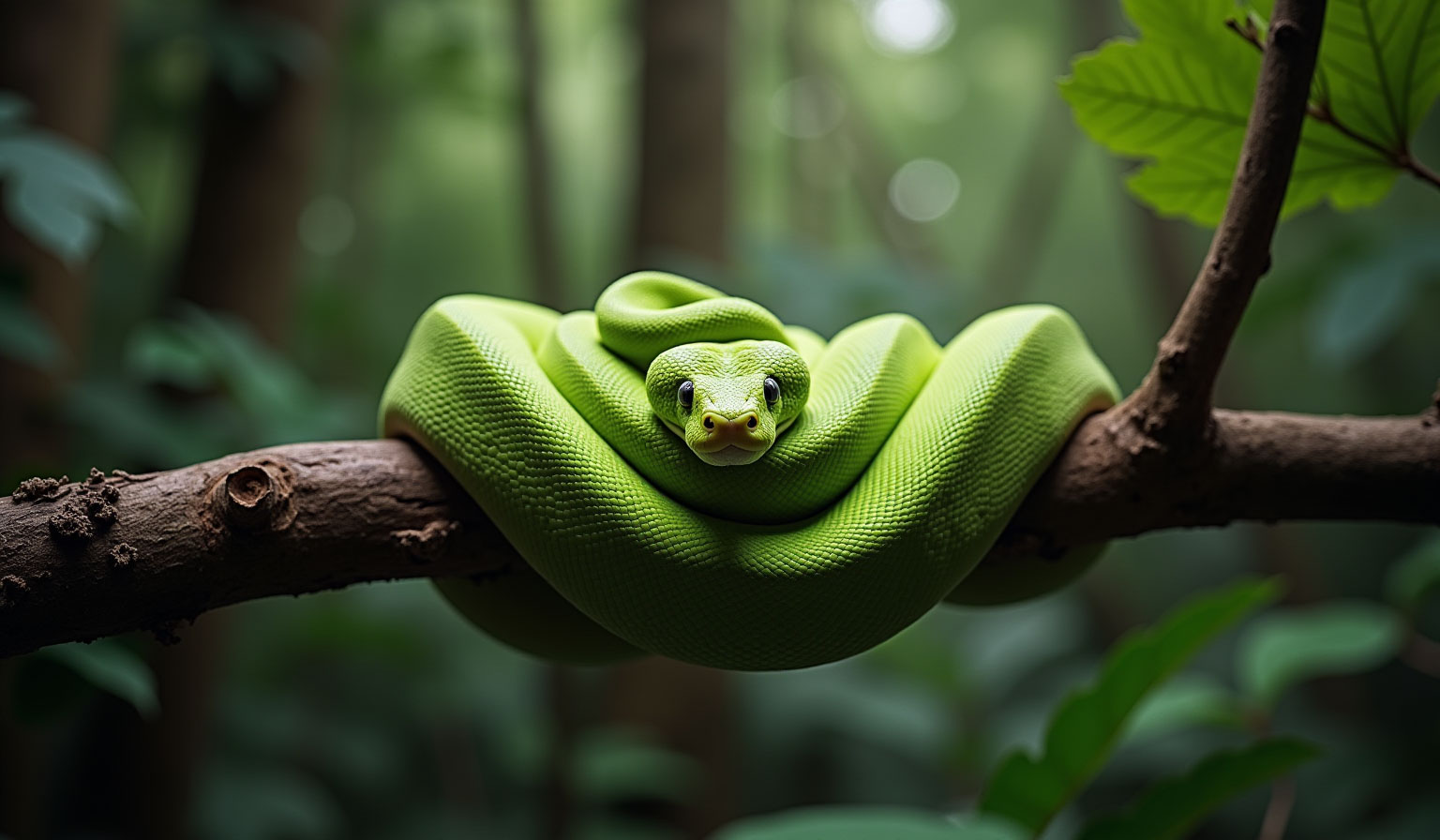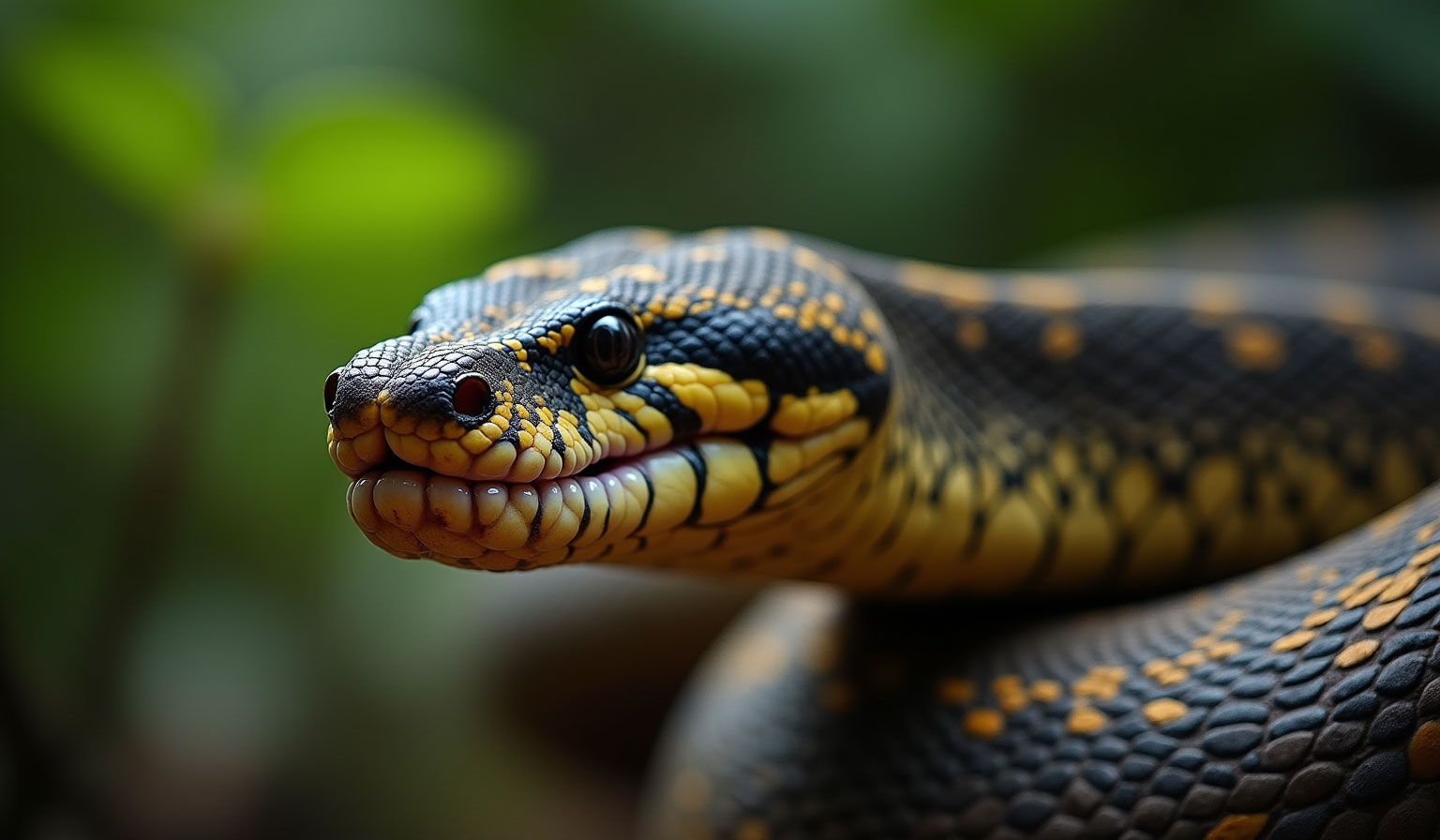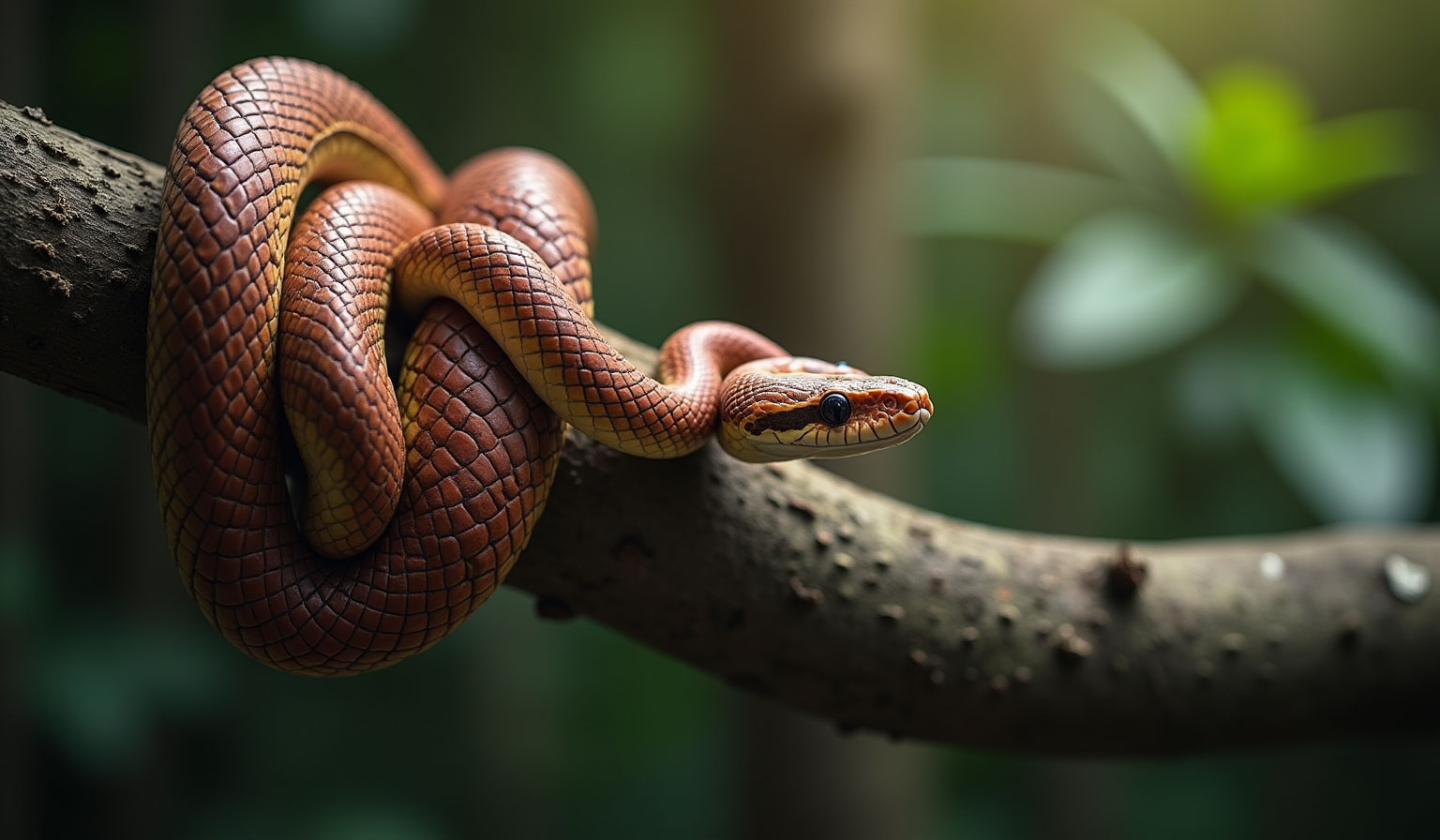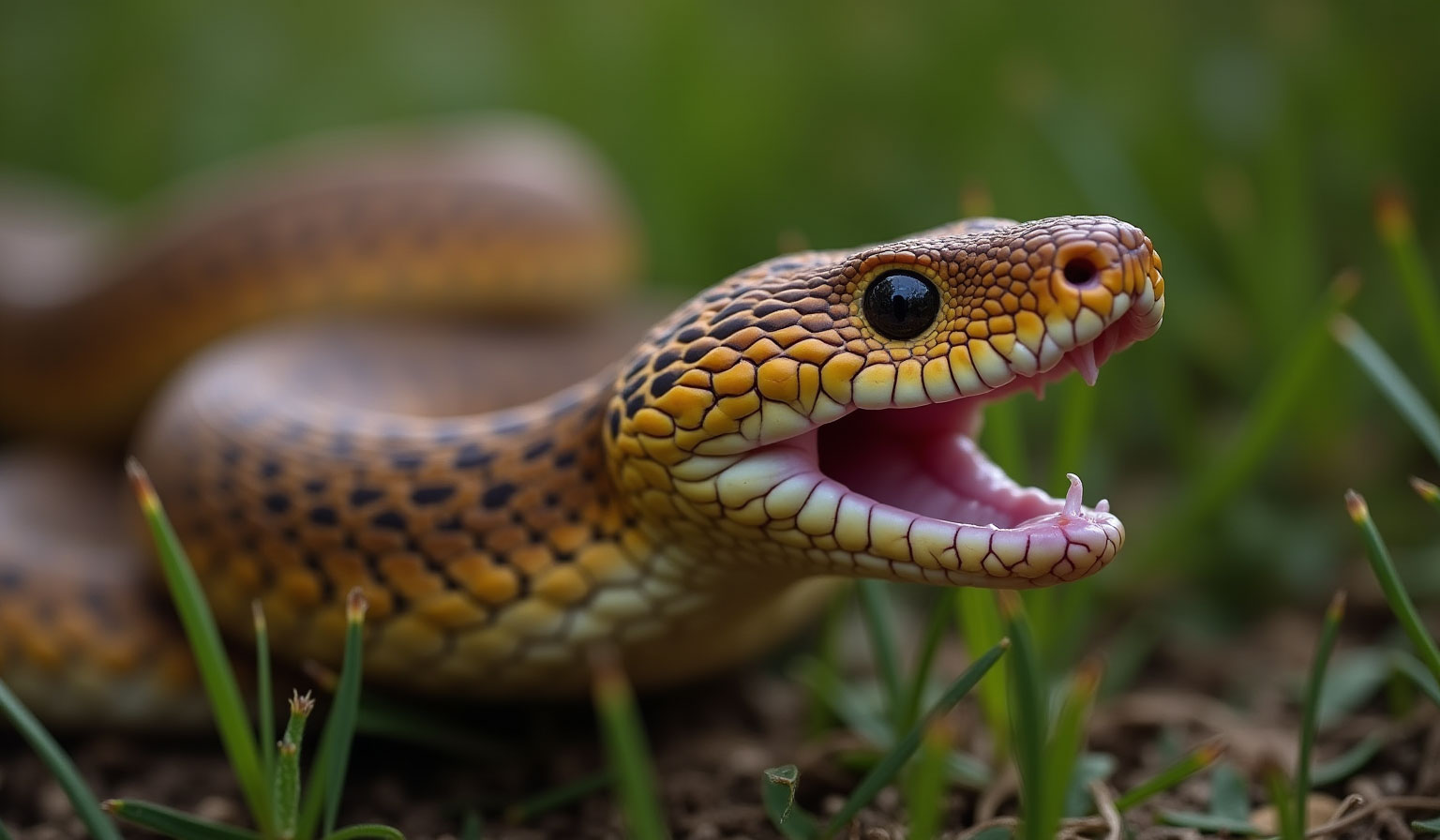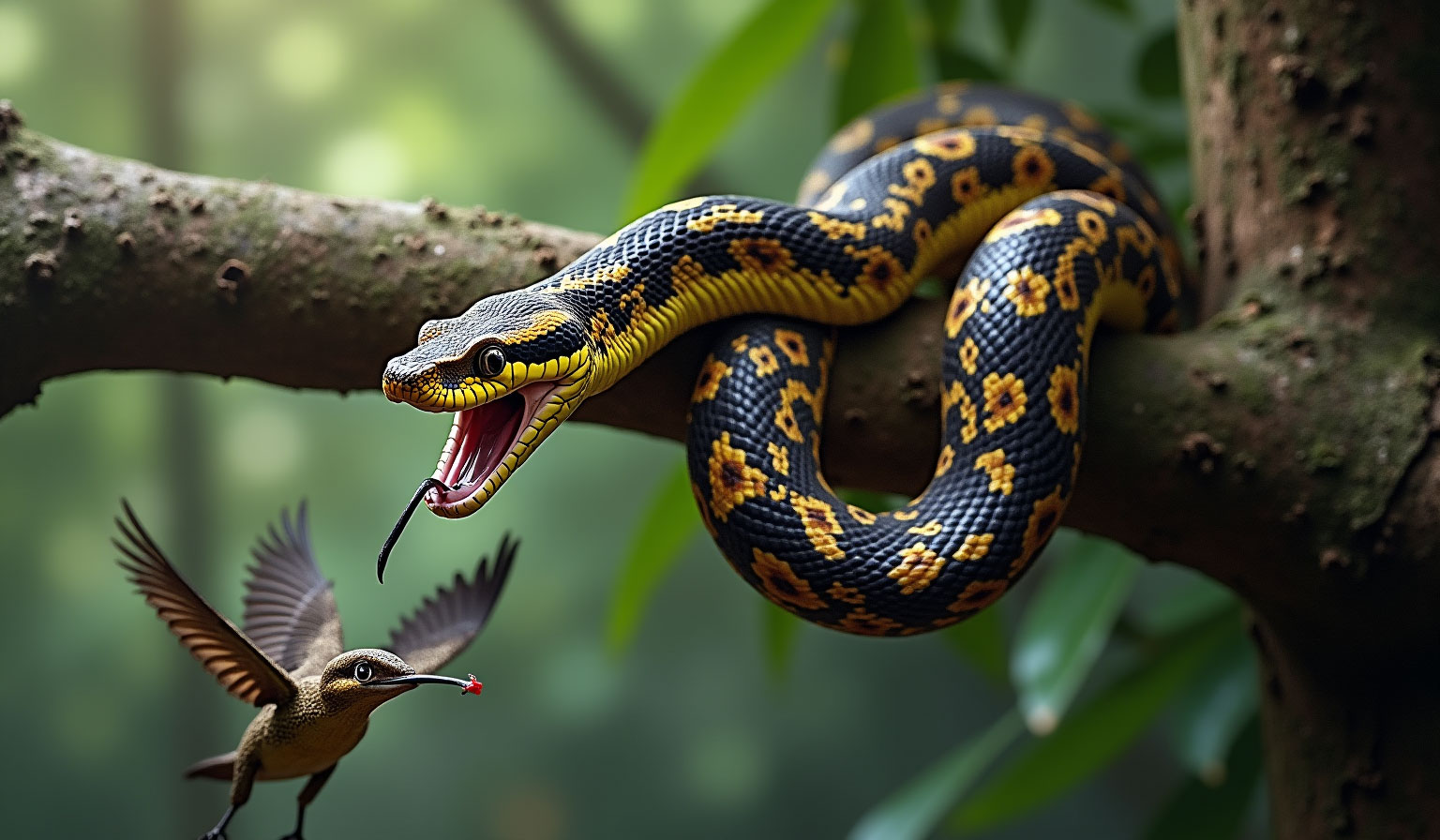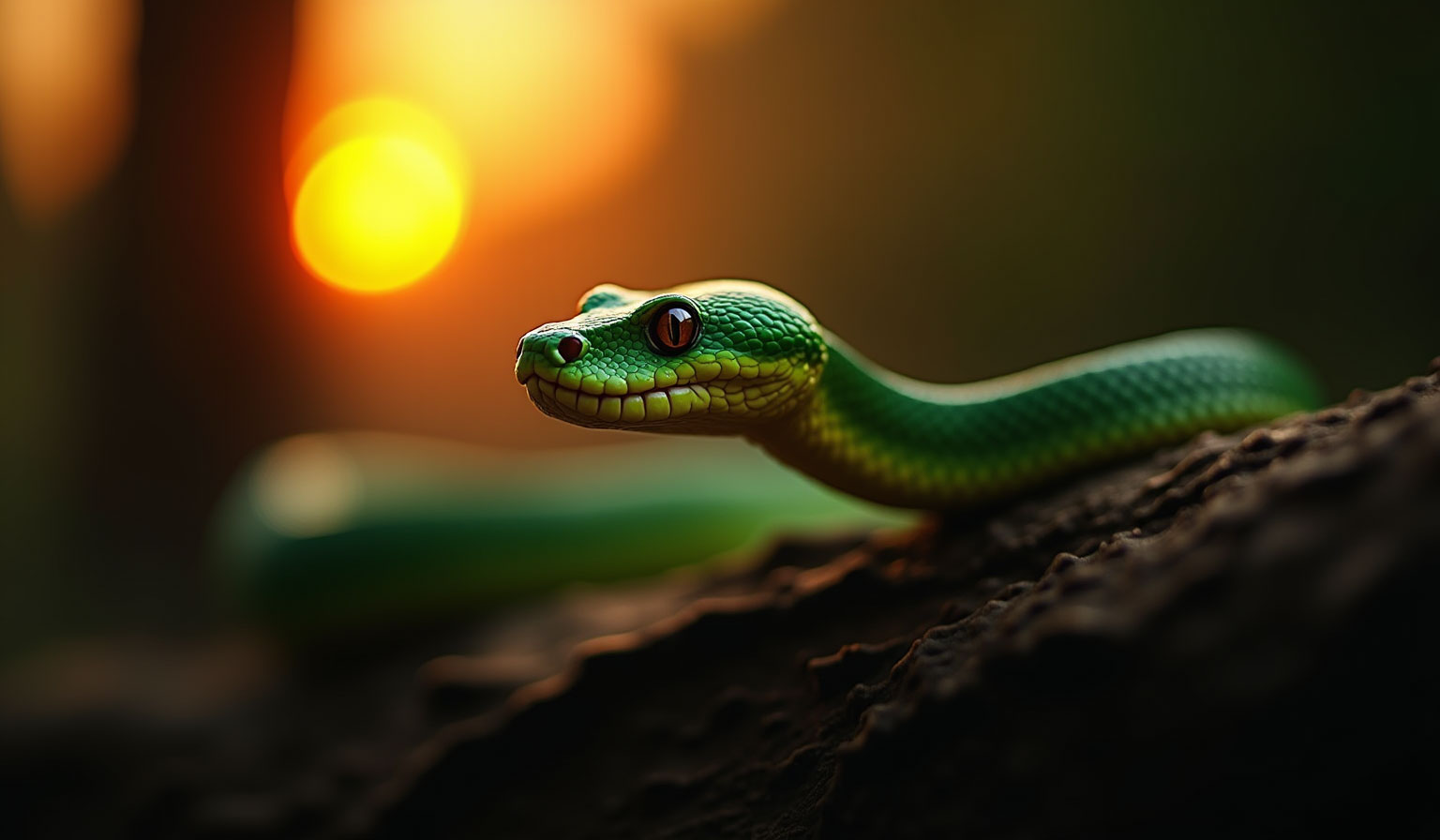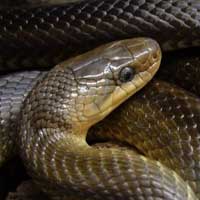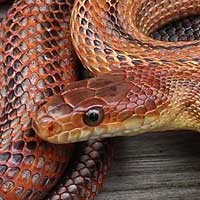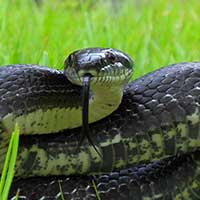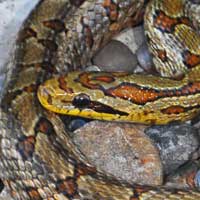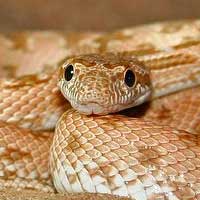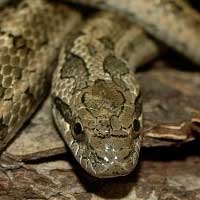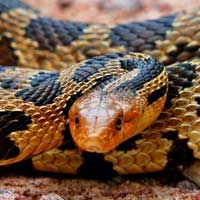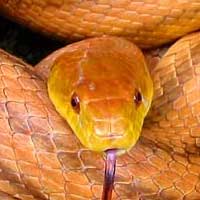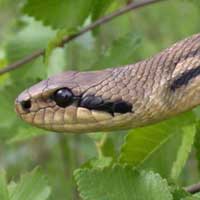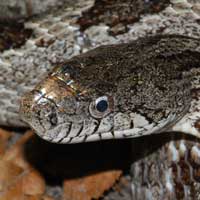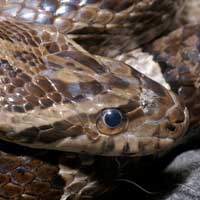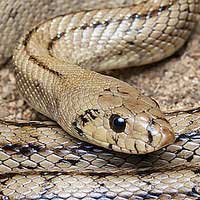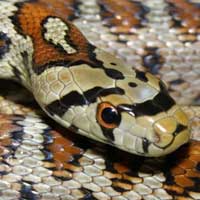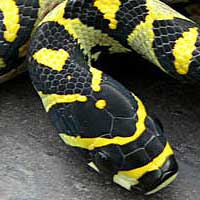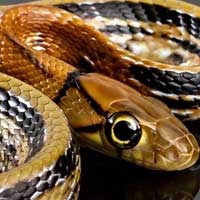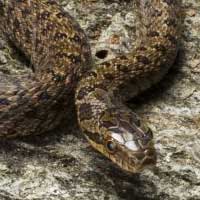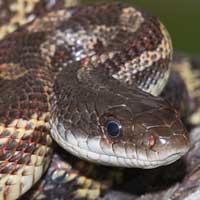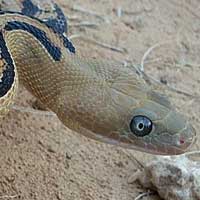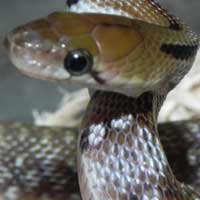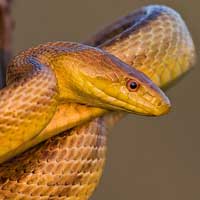Rat Snakes: A Complete Guide to These Versatile Reptiles
Rat Snakes belong to the family Colubridae, which is one of the largest snake families, comprising mostly non-venomous species. The scientific name for rat snakes varies by species, but one of the most commonly referred species in North America is the Pantherophis obsoletus, also known as the black rat snake.
Scientific Name: Pantherophis obsoletus
Snake Family: Colubridae
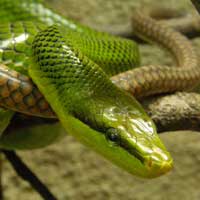
Introduction
Rat snakes are non-venomous constrictors known for their adaptability and impressive climbing skills. Found across North America, Europe, and parts of Asia, these snakes thrive in diverse habitats, from forests to urban areas. Their diet primarily consists of rodents, making them valuable for controlling pest populations.
These snakes vary in appearance depending on the species, with colors ranging from black to gray, yellow, or patterned designs. Popular as pets due to their docile nature and manageable size, rat snakes are excellent for beginner and experienced snake enthusiasts alike.
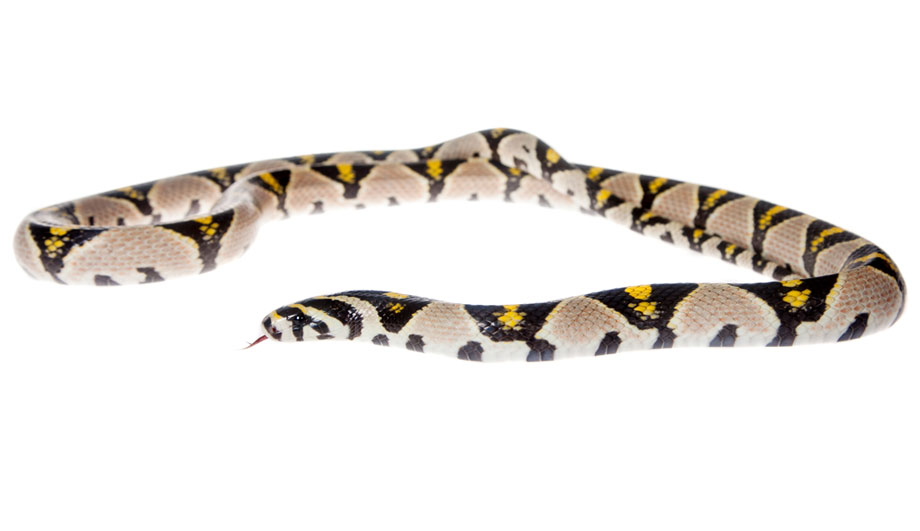
Rat Snakes Habitat: Where They Call Home
Rat snakes are highly adaptable and occupy a wide range of habitats. Their geographic range spans North America, Europe, and parts of Asia. They are commonly found in forests, grasslands, wetlands, and even urban environments. Rat snakes often seek shelter in hollow trees, under rocks, or within abandoned structures.
Their adaptability allows them to survive in regions with varying climates, from temperate forests to arid zones. One notable feature of rat snakes is their ability to climb trees and buildings, which they often do to find food or escape predators. This behavior has earned them a reputation as skilled climbers in both wild and urban settings.
Quick overview of their habitats:
| Feature | Description |
| Geographic Range | North America, Europe, Asia |
| Preferred Environments | Forests, wetlands, urban areas |
| Shelter | Trees, rocks, abandoned structures |
| Climate Adaptability | Highly versatile |
Rat Snake Diet and Feeding: What Keeps Them Thriving
Rat snakes are carnivorous and rely on a diet primarily composed of rodents, which helps control pest populations. Depending on their size and environment, their diet can also include birds, bird eggs, lizards, and even frogs. Juvenile rat snakes typically feed on smaller prey like insects and amphibians.
In the wild, rat snakes are opportunistic hunters. They use their excellent sense of smell and heat-sensing abilities to locate prey. Once captured, they constrict their prey until it suffocates before consuming it. This method is efficient and allows them to take down prey larger than their own heads.
In captivity, rat snakes thrive on a diet of appropriately sized rodents, such as mice or rats. Feeding schedules vary with age:
-
Juveniles: Every 5-7 days.
-
Adults: Every 7-10 days.
Providing clean water and avoiding overfeeding are essential for maintaining their health.
Rat Snake Behavior and Temperament: What to Expect
Rat snakes are generally docile and non-aggressive, especially when handled regularly. In the wild, they tend to avoid confrontation, often fleeing or remaining motionless to blend into their surroundings. When threatened, some species may mimic venomous snakes by vibrating their tails, hissing, or flattening their bodies.
Despite these defensive behaviors, rat snakes pose no danger to humans. They are curious and active reptiles, making them enjoyable to observe. In captivity, their temperament can vary slightly by species, but most rat snakes adapt well to handling and interaction over time.
Key Behavioral Traits:
-
Docility: Rat snakes rarely bite when handled gently.
-
Nocturnal Activity: Most are active during the night or early morning.
-
Climbing Skills: Their ability to climb is unparalleled among many snake species.
-
Defensive Displays: Tail vibration and hissing are common when startled.
Rat Snake Health and Lifespan: Ensuring Their Well-being
Rat snakes are hardy reptiles but require proper care to thrive. Common health issues include respiratory infections, mites, and improper shedding, often linked to inadequate humidity or temperature levels. Maintaining a clean enclosure and providing a balanced diet can prevent many health problems.
Tips for a Healthy Rat Snake:
-
Keep their enclosure at the appropriate temperature (75-85°F) and humidity (40-60%).
-
Provide a varied diet of appropriately sized prey.
-
Regularly clean their habitat to prevent bacterial buildup.
-
Watch for signs of illness, such as lethargy, wheezing, or loss of appetite.
In captivity, rat snakes can live 15-20 years or more with proper care, making them a long-term commitment for reptile enthusiasts.
Rat Snake Reproduction: Understanding Their Breeding Habits
Rat snakes are oviparous, meaning they lay eggs. Breeding typically occurs in the spring, after a period of brumation (a hibernation-like state) during winter. Males locate females by following their scent trails, engaging in courtship that includes body movements and tongue flicking.
Females lay clutches of 6-30 eggs in warm, hidden locations like under logs or in burrows. The eggs incubate for 60-70 days before hatching. Hatchlings are fully independent and measure around 10-15 inches long. They grow rapidly during their first year, shedding frequently.
Rat Snake Handling and Care: Best Practices
Handling rat snakes requires patience and consistency, especially when dealing with new or young snakes. Allow them to acclimate to their enclosure before handling. Always approach them calmly and support their entire body during interaction.
Basic Care Requirements:
-
Enclosure: A secure tank with appropriate substrate and hiding spots.
-
Temperature: Provide a heat gradient (75°F on the cool side and up to 85°F in the basking area).
-
Feeding: Follow age-specific feeding schedules.
-
Water: Ensure fresh water is always available.
Regular handling helps rat snakes become more comfortable with their owners, reducing stress and fostering trust.
